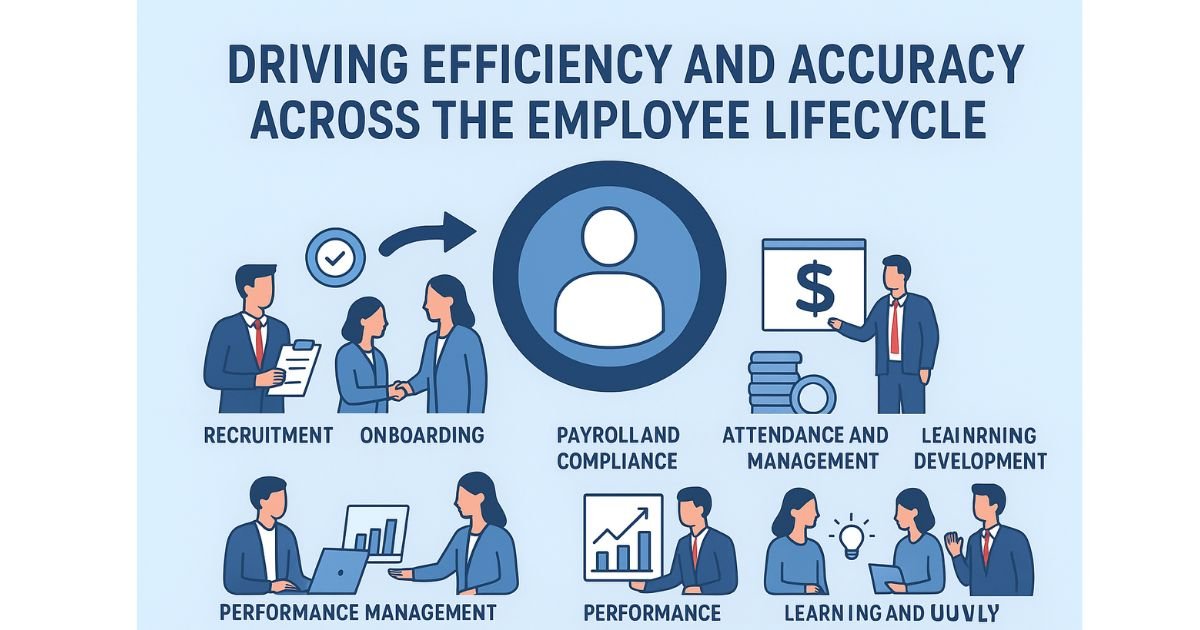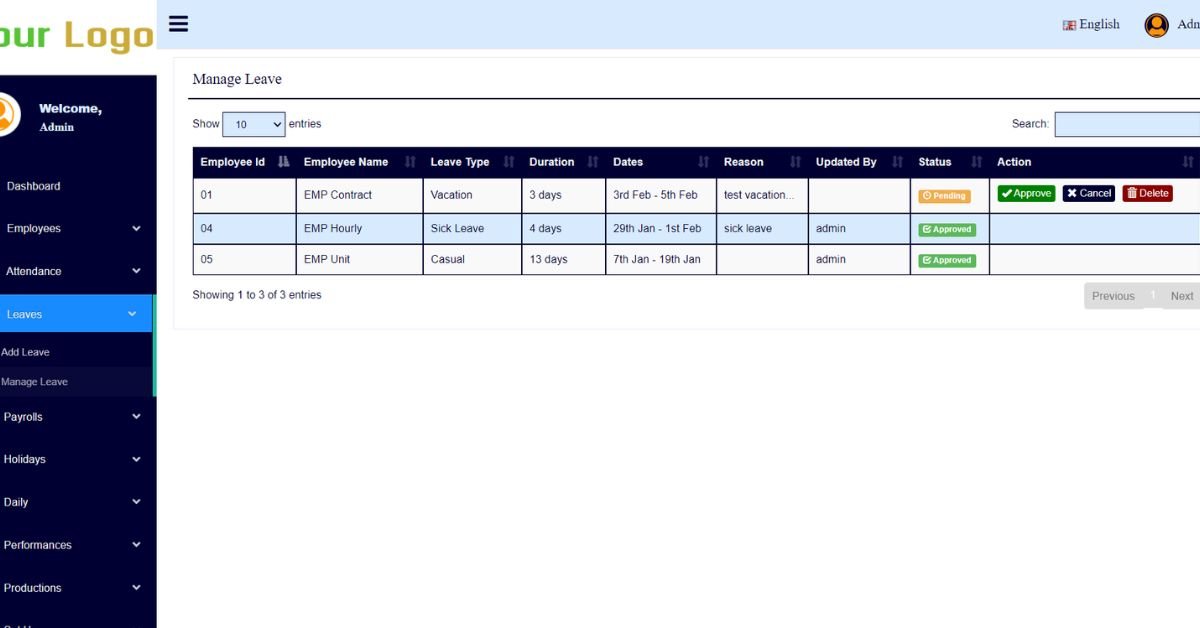Running a clinic is not just about providing healthcare, it is also about building a sustainable business model that balances patient care with financial health. Many clinic owners, especially medical professionals who step into entrepreneurship, underestimate the complexity of clinic economics. Beyond hiring qualified staff and offering high-quality care, owners must navigate revenue streams, operational costs, patient flow, and compliance requirements. Understanding the economics behind these moving parts can make the difference between a thriving clinic and one that struggles to survive.
Understanding Revenue Streams in Clinics
For most clinics, revenue primarily comes from consultations, diagnostic tests, and procedures. However, diversification is crucial to maintaining stability. Some clinics expand revenue by offering wellness programs, preventive health packages, telemedicine consultations, or specialized services such as physiotherapy, dermatology, or nutrition counseling.
Insurance reimbursements also play a significant role, though they often introduce delays in cash flow. Owners must consider the proportion of patients paying out-of-pocket versus through insurance and adjust their financial planning accordingly. Building strong partnerships with insurance providers can help clinics secure consistent revenue streams.
Managing Operational Costs
Running a clinic involves fixed and variable costs. Fixed costs include rent, utilities, medical equipment, software systems, and staff salaries. Variable costs depend on patient volume and may include consumables like medicines, test kits, and supplies.
To stay profitable, clinic owners must continuously monitor their expenses. For example, investing in energy-efficient lighting or shared diagnostic equipment can significantly reduce overhead. Similarly, adopting Best Clinic Management software Pakistan can minimize administrative costs by automating tasks like appointment scheduling, billing, and patient records. These measures reduce manual errors and increase operational efficiency.
Staffing Economics: The Balance Between Quality and Cost
Human resources form one of the largest expense categories for clinics. Doctors, nurses, technicians, and administrative staff must be adequately compensated to retain talent and ensure smooth operations. However, overstaffing or poorly structured contracts can lead to financial strain.
One solution is adopting a hybrid staffing model, keeping essential staff on payroll while hiring part-time or freelance specialists when demand arises. For example, a small clinic may not need a full-time dietitian but can collaborate with one on specific patient cases. This approach balances quality care with cost efficiency.
Patient Volume and Retention
A clinic’s revenue is directly linked to patient volume. Attracting new patients is important, but retaining existing ones is often more profitable. Repeat patients ensure a steady cash flow and often bring referrals.
To improve retention, clinics must focus on patient experience. Reduced waiting times, easy access to test results, clear billing systems, and compassionate care all encourage patients to return. Offering loyalty programs or discounted preventive health packages can also incentivize patients to choose the same clinic for future visits.
Technology as a Financial Lever
Technology adoption is no longer optional it is a financial necessity. Electronic Health Records (EHRs), telemedicine platforms, and automated billing systems reduce inefficiencies and administrative burdens. Moreover, online appointment booking systems expand patient reach, especially among younger, tech-savvy demographics.
Investing in data analytics tools can also help owners identify trends, such as peak consultation hours or commonly availed services, which can inform staffing decisions and promotional strategies. While these systems require upfront investment, they pay off in long-term efficiency and cost savings.
Pricing Strategies and Transparency
Pricing is one of the trickiest aspects of running a clinic. Owners must balance affordability with profitability. Undercutting competitors may attract patients initially, but can compromise sustainability, especially with rising overheads. On the other hand, high pricing may alienate cost-conscious patients.
The key lies in transparent and value-driven pricing. Clearly listing consultation fees, diagnostic charges, and package costs fosters trust. Offering bundled services for example, an annual health checkup package can make pricing more attractive while ensuring predictable revenue for the clinic.
Regulatory and Compliance Costs
Healthcare businesses must comply with strict regulations, ranging from licensing and safety standards to data protection laws. These requirements often involve fees, audits, and periodic updates to facilities. While compliance costs may feel burdensome, neglecting them can lead to penalties, lawsuits, or reputational damage, far costlier outcomes than initial investments in compliance.
Clinic owners should budget for regular audits, staff training, and upgrades in line with healthcare regulations. Partnering with legal or compliance consultants may save money in the long run by avoiding legal complications.
Marketing and Brand Positioning
In today’s competitive healthcare market, word-of-mouth alone may not be enough to grow a clinic. Effective marketing, both online and offline, plays a pivotal role in driving patient volume. From search engine optimization (SEO) for clinic websites to targeted social media campaigns and community outreach, marketing requires financial planning.
Rather than viewing marketing as an expense, clinic owners should see it as an investment in long-term growth. Even simple steps like maintaining a Google Business Profile, collecting patient reviews, and publishing informative health blogs can significantly improve visibility and credibility.
Financial Planning and Risk Management
No clinic can survive without strong financial planning. Cash flow management, budgeting, and forecasting must be prioritized. Owners should maintain an emergency fund to cover unexpected expenses such as equipment breakdowns, sudden staff shortages, or regulatory fines.
Additionally, risk management through insurance, whether for malpractice, property, or staff health, is essential. It shields clinics from financial shocks that could otherwise derail operations.
Conclusion
The economics of running a clinic extend far beyond patient consultations. It involves balancing revenue streams, controlling operational costs, investing in technology, and building long-term trust with patients. Owners who understand these economic dynamics are better equipped to make informed decisions that drive sustainability and growth.
Ultimately, a successful clinic is one that not only heals patients but also sustains itself financially. By treating the clinic as both a healthcare facility and a business, owners can create a model that thrives in today’s competitive healthcare environment.













Leave a Reply